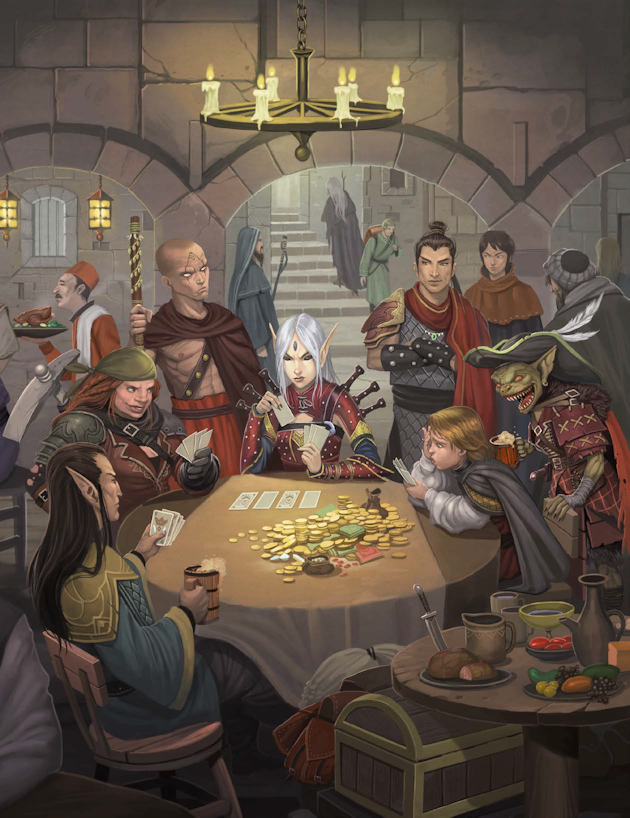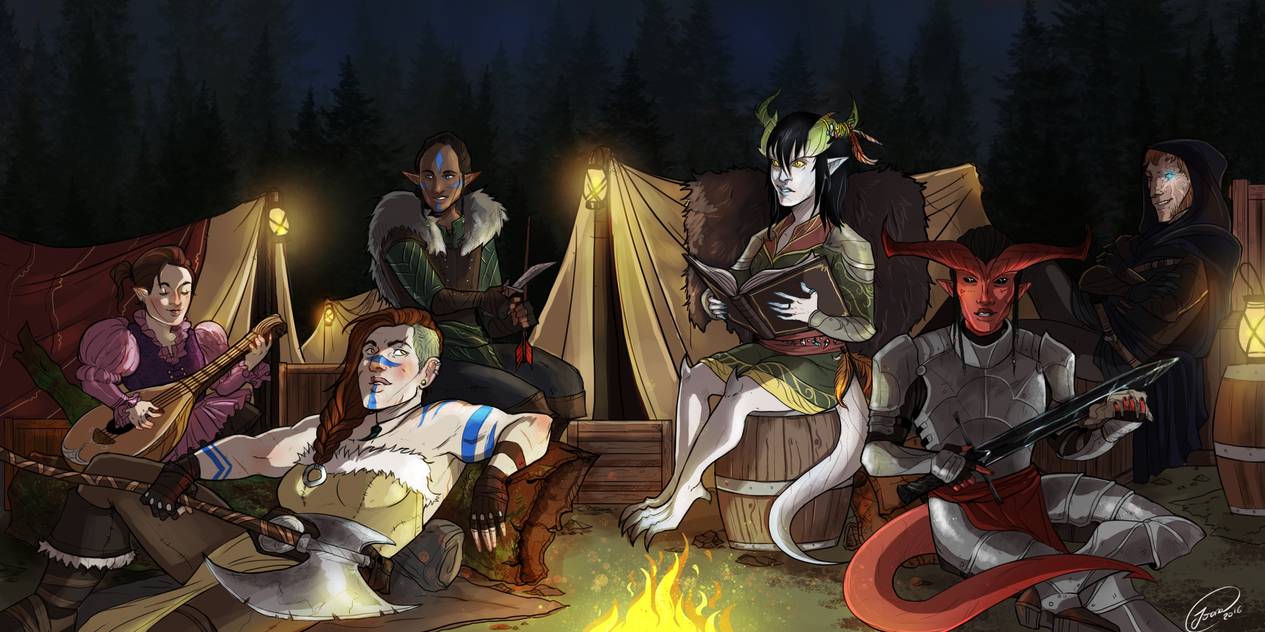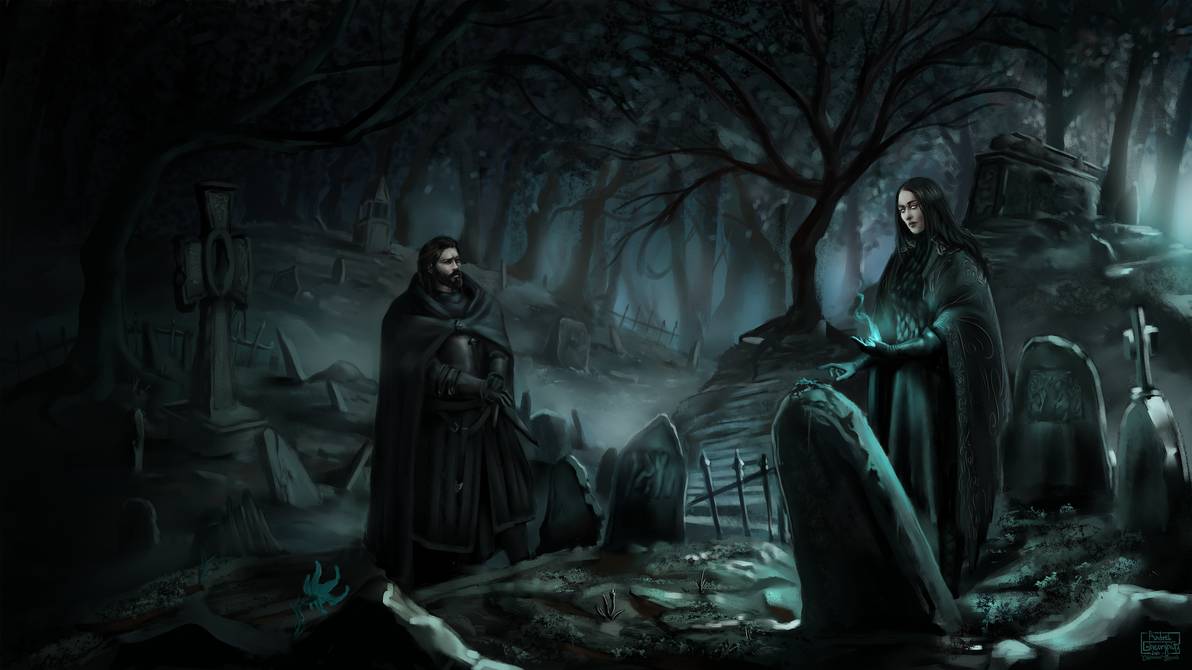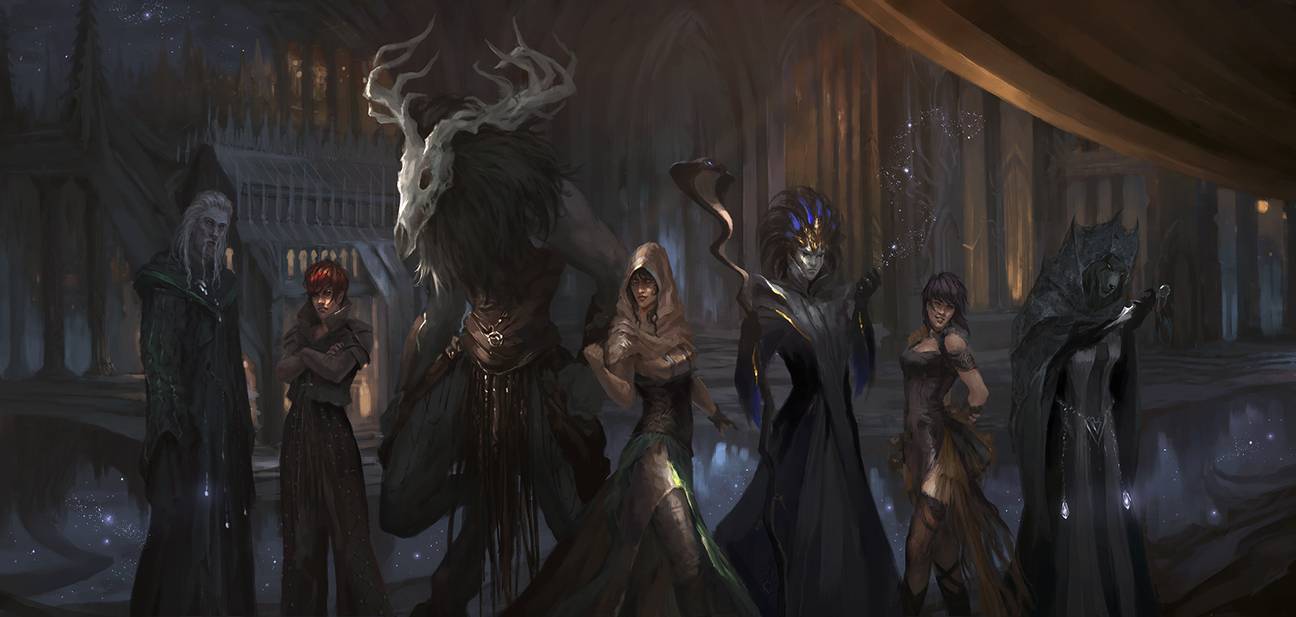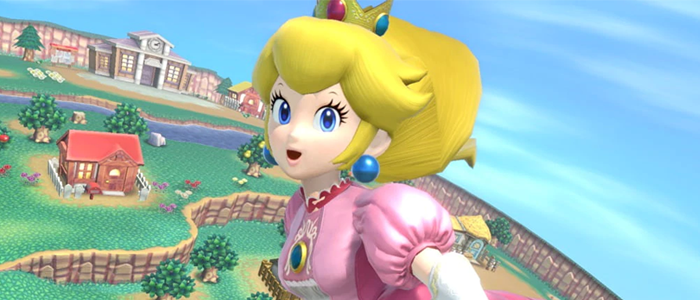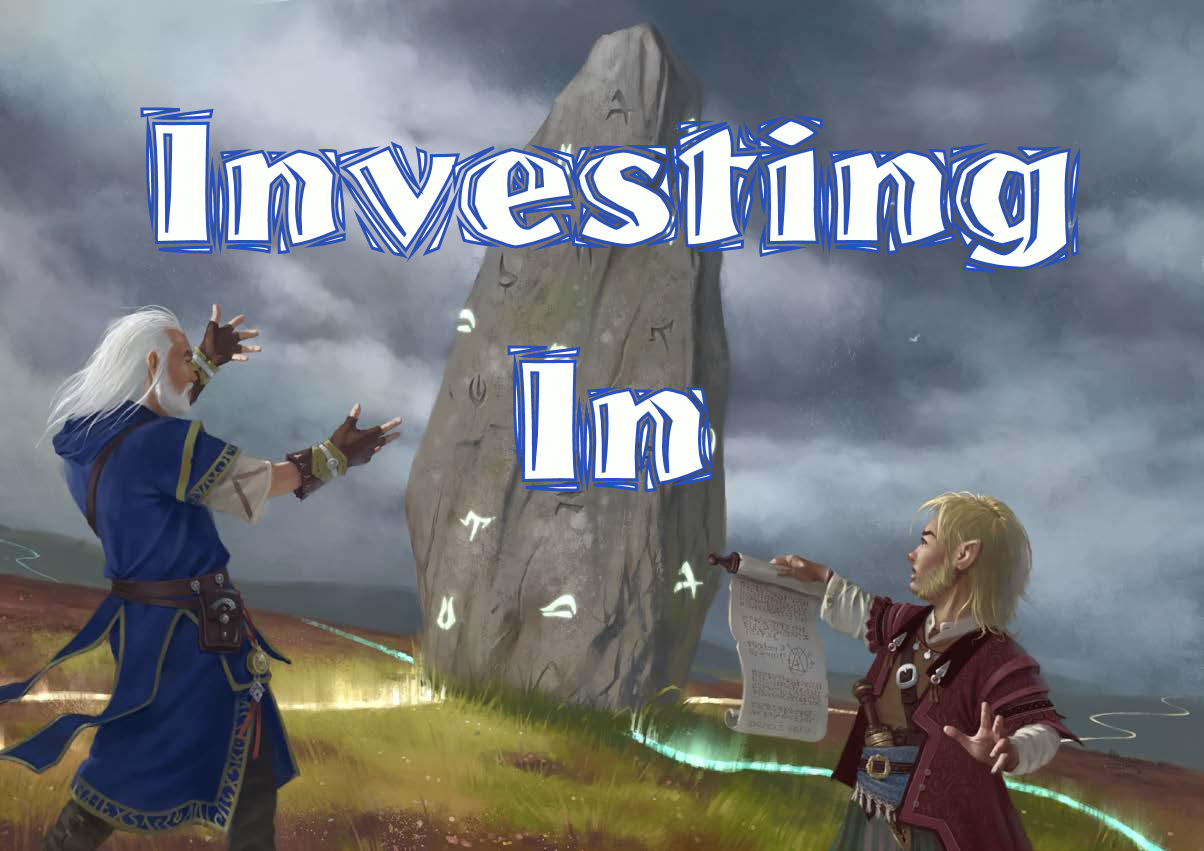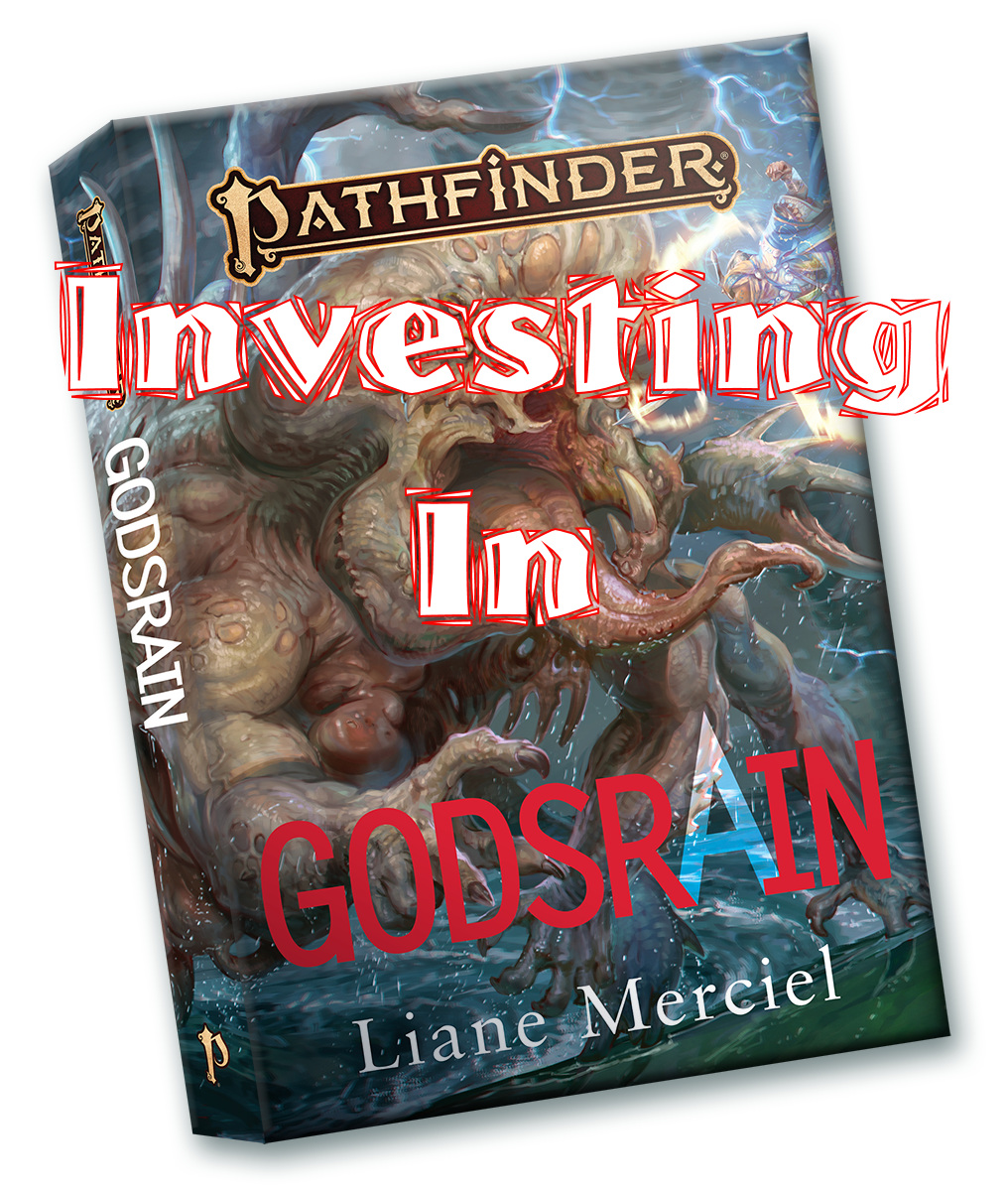The excitement of a new game is magical. Game Masters start talking about the world to explore with broad ideas of theme and mood. Players dig up character ideas or start fleshing out new ones, especially if there’s new rules to explore or concepts at the forefront of their minds. But how do you ensure a cohesive gaming experience that’s both collaborative for each participants’ creativity but also supportive of concerns and what the game should be about?
Welcome to Session 0
I’ve never held a session 0 before though I’ve had some character discussion before, prefacing roles or at least an idea of what class the players wanted to be. I’ve now experienced a few session zeroes as a player including the very open discussion and planning for our Monster Hearts Session 0 over at Gehenna Gaming. A friend of mine who’s actually in my Mage game got us started planning a FATE Dresden game, though due to complications and schedules we ended up not moving forward. That was actually my first taste of full group collaboration including details of the characters, the city they’d be in, and what some of the central themes of the story would be.
For the new Pathfinder 2E game I’m planning, I wanted to do our session 0 right so I’ve been organizing some resources and making a plan that I thought I’d share with everyone. Jason Bulhman did a video back in May on Session 0 and a list of items to include. He laid it out in 3 steps:
- Table Etiquette
- Players and their PCs
- GM and Story Content
Table Etiquette includes discussing expectations of attendances, how food and drink will be handled, is alcohol allowed, distractions like cell phones interrupting the game, and how to handle rules disputes and passing notes for secret communication. Planning a time to stop for bathroom or food breaks helps keep the pace, or perhaps you suggest everyone bring food ahead of time. I encourage one player to keep track of a parking lot of items to review away from the table, whereas a decision that could kill a character we’d put attention to right at a table due to the impact. Cell phones are a part of our lives now.
Dice rolls is a topic Jason calls out explicitly. How do you expect dropped dice or cocked on their side to be handled? Good to have agreement on these things ahead of time to prevent friction at the table, especially if meeting new people for the first time. Players can have different expectations based on their experience and other groups they play with. This can include players who are cheating their dice rolls, which can cause a serious problem or concern for other players. I think even players worry of a DM cheating a roll or two. Sometimes those 20’s happen and it’s nice to let a player ‘peak behind the screen’ but it’s important to trust one another too. And it’s even greater to call out that open communication has to be encouraged, though sometimes a one on one conversation is required as well. This is a group activity after all and why we have session 0 conversations before we begin.
For The Players
Step 2 refers to the rules allowed for characters. It’s best they know all classes, archetypes, ancestries allowed (perhaps all published material) but what homebrew and house rules will be in effect. How much cooperation and shared time do you expect to protect the time at the table? Also, will there be PVP and maybe should you avoid non-good or at least evil characters? Much of these topics are to make strong characters but also respecting one another and the game. The plan for advancement, relative power scope of the campaign, and what options for growth will be important as well.
Monica Marlowe did an Inspire Confidence article on how to approach creating fun characters. As part of that character and story planning, it’s important to consider power level, amount of magic, and where you plan for the campaign to go. Our own Dustin Knight has an article on bench-pressing your campaign. That is to say comparing a character’s abilities and power level over the course of the build compared to the challenges, monsters, hazards, etc. you intend to use. Finding a good balance of fun but useful characters helps the players stay engaged, enjoy the story, but also feel they are contributing in a worthwhile way. No one wants a boring character; nor does anyone want a character to disrupt the challenge of the game. These are great articles to share with your group.
Campaign Content
Getting into the core details of the campaign, and what content it would contain, I turned to the Core Rulebook. It has its Chapter 10 dedicated to Game Mastering and this is key to Step 3. The first blocked out text is all about collaboration and what interests your players from their genres of interest down to specific campaign events. The section on themes is good too. Going into an Adventure Path it’s pretty easy usually to figure out what you’re getting like in Extinction Curse and the traveling circus or Strange Aeons cosmic horror. That’s not so clear in a campaign made up by a GM. I’ve often published theme and mood information when starting a World of Darkness game but I put more attention to that this time. We want themes of exploration and collaboration of organizations/nations for the greater good.
The block text calls out responsible playing and there’s further text about objectionable content. This coincides with Jason’s Step 3 on GM and Story Content like players’ having agency for decisions as well as themes, social issues, and other topics we may include as well as want to exclude. Romance is a good example that can be good to have referenced but not heavily explored. It’s good to give guidance to new and even experienced Gamemasters about how to handle these topics.
Using Safety Tools
The first suggested tool is the Line. Lines are things you will not cross, not include in a game. The example of torture is a good one. I frequently mention sexual violence or recently COVID-19 as things I do not want included in a game. Veils are for things you might have in the game but won’t detail. I like the sexual veil example. In Monsterhearts we’ll do a fade to black. It’s fine to note characters have relationships or even casual encounters but those do not have to be detailed. Some violence is best left veiled too, especially if such a description would be graphic or uncomfortable for a player. In World of Darkness games I’ll often let graphic violence be veiled especially when it’s of a mundane nature, though I do think that’s part of the who-are-the-real-monsters theme of World of Darkness. There’s a call out back in text about what villains might get up to but not on-screen and even still, some groups may not want their villains engaging in slavery, torture, or other content at all.
And should something come up that wasn’t discussed? Well there’s a suggested tool for that too: the X-Card. Everyone keeps that handy and taps it if there’s a problem with the current content at the table. You rewind a bit and adjust, not asking why and without judgment. Paizo nicely refers to John Stavropoulus’s Safety Tools for Simulations, Roleplaying, and Games article to learn more to wrap up the block. I encourage you do so as well. I greatly appreciate the question: What’s most important about the X-Card? He notes it’s a game of the imagination, but not a solo one; it’s a group activity we’re in together and we want to make it fun for everyone.
“The people here matter more than the game we are playing.”
I’ve mentioned it before but Gehenna Gaming has an amazing form for understanding consent, effectively capturing those Lines, Veils, and other notes through a Green, Yellow, and Red system. Considering Gehenna Gaming focused on horror games there’s a greater chance – and I mentioned this for World of Darkness in the past – to see mundane violence and disturbing topics that might feel more real set in a modern, more realistic (and less fantastic) world. I saw it first at PAX Unplugged and with it in their online resources, it’s an easy tool for you to use for any game.
To learn more about Session 0 preparation I suggest checking out the links I’ve included above and Jason’s full video below!
Investing In:
I wasn’t quite sure what to name my article series when I first started but the idea of showcasing or discussing things that make me excited, that I find new and interesting, or maybe I’m otherwise passionate about seemed to fit with the idea of Investing In something like the Pathfinder 2E mechanic. To use some magic items you have to give that little bit of yourself, which helps make these things even better. I like the metaphor of the community growing and being strengthened in the same way!
I also want to hear what you’re Investing In! Leave me a comment below about what games, modules, systems, products, people, live streams, etc you enjoy! You can also hit me up on social media as silentinfinity. I want to hear what excites you and what you’re passionate about. There’s so much wonderful content, people, groups (I could go on) in this community of ours that the more we invest in and share, the better it becomes!
Sources
Banner – NPC Gallery chapter art, Gamemastery Guide, Paizo
- The Party, Creative Commons license, Ioana-Muresan
- The Ninth Key and the Rilmani, Creative Commons license, cyberaeon
- Elvira and Lucaster, Creative Commons license, Andrei Gheorghita

